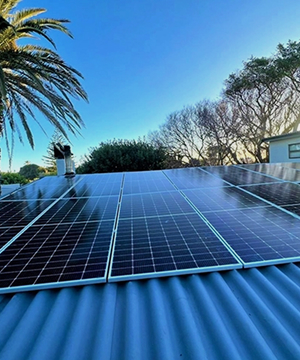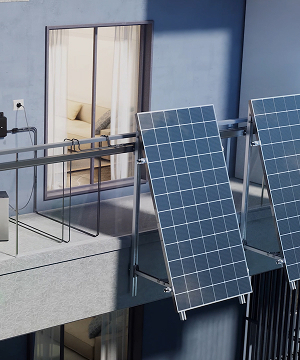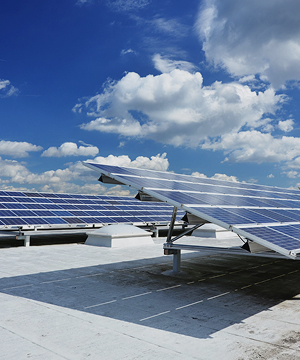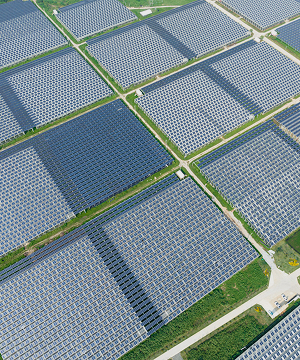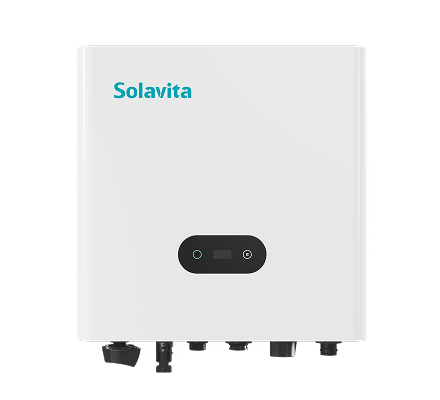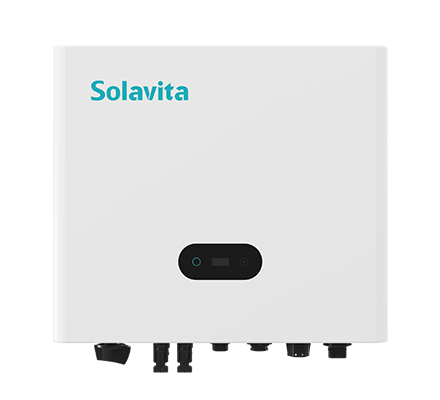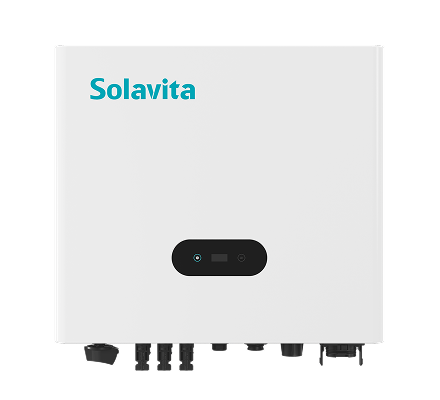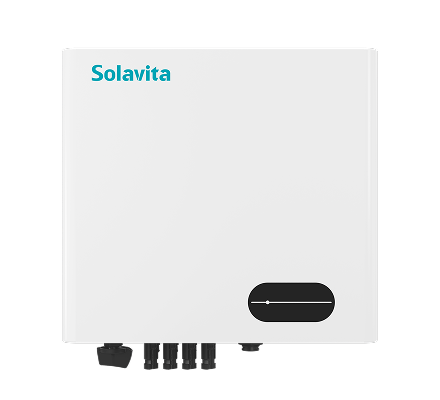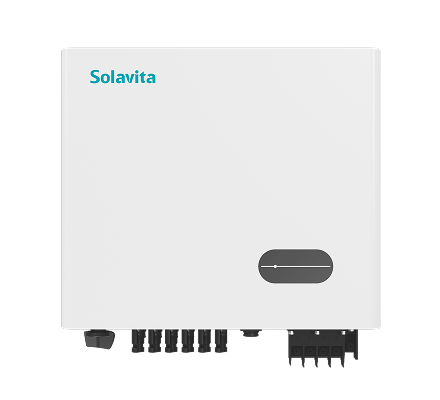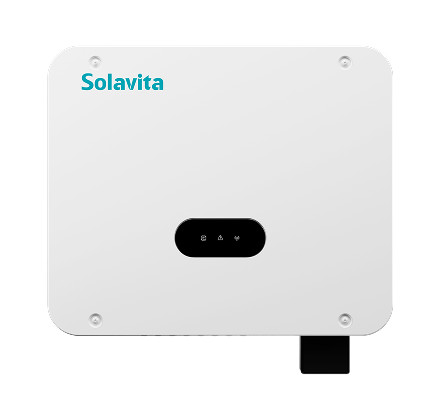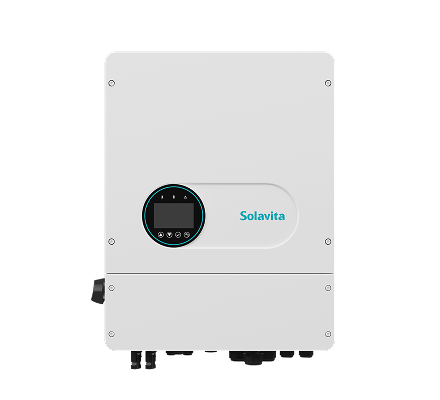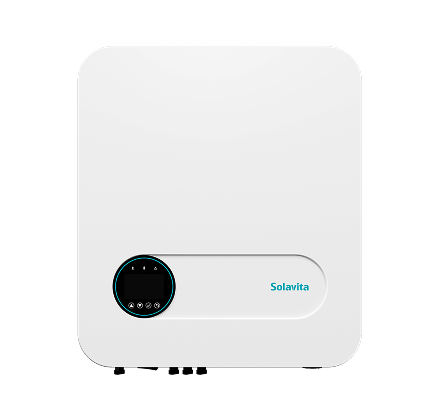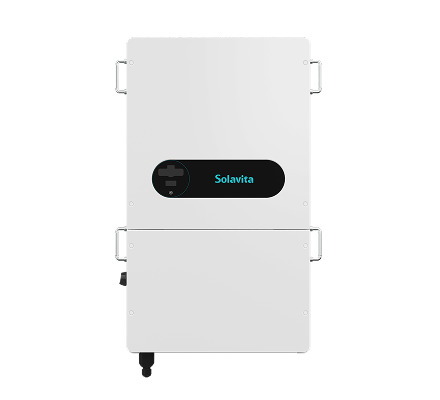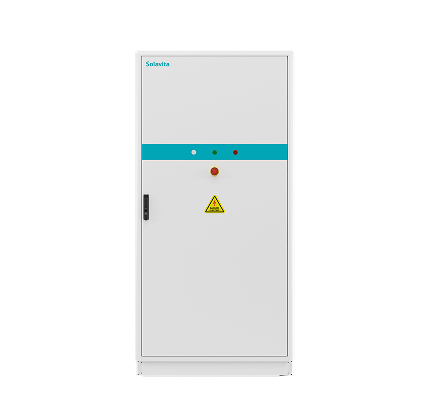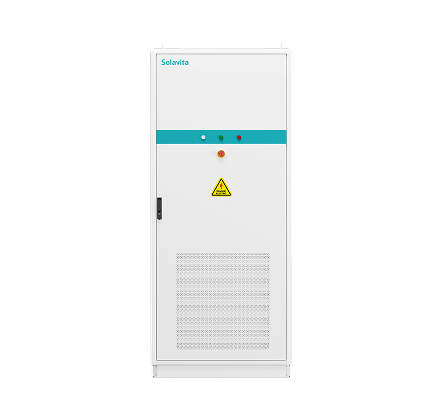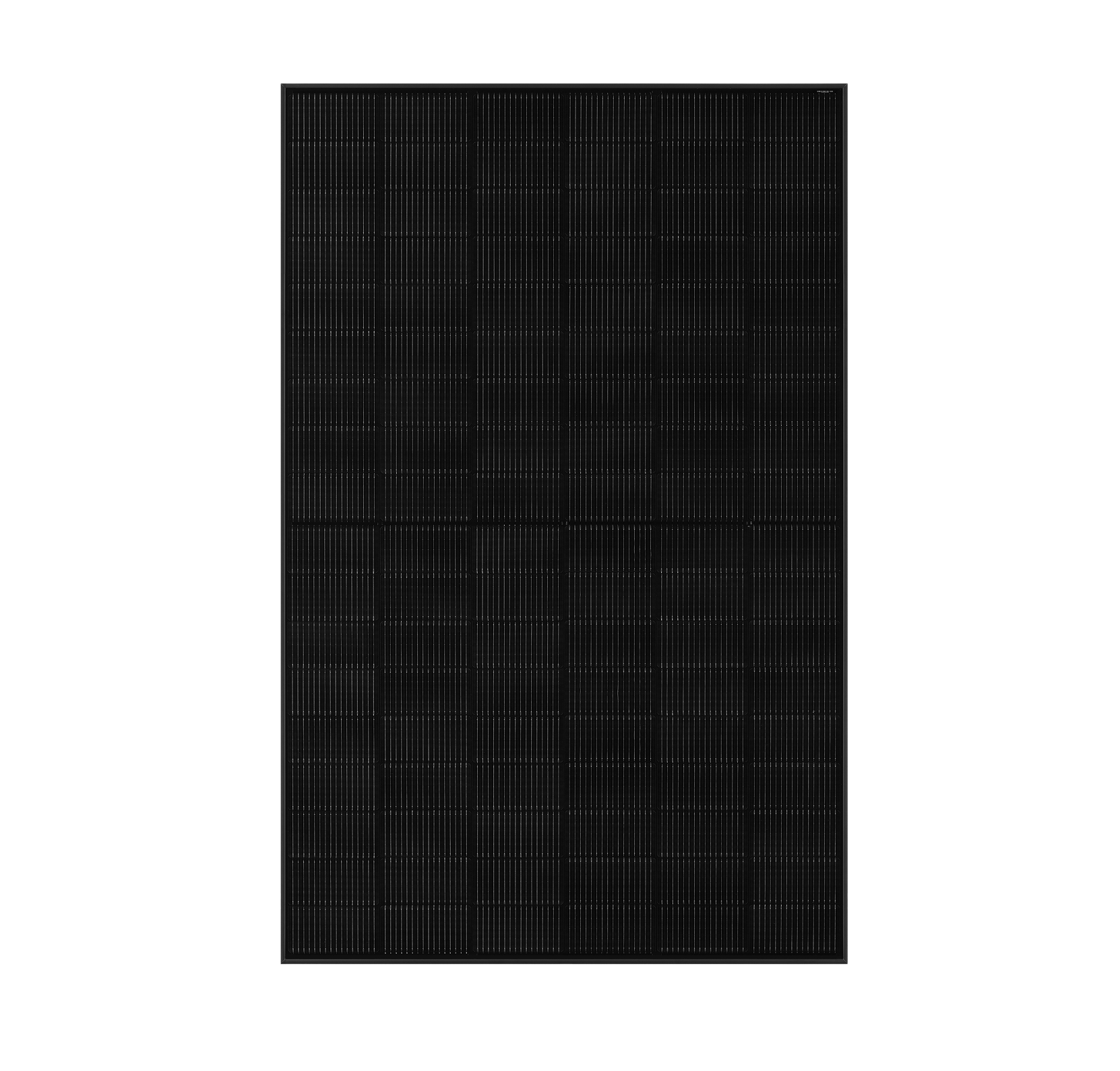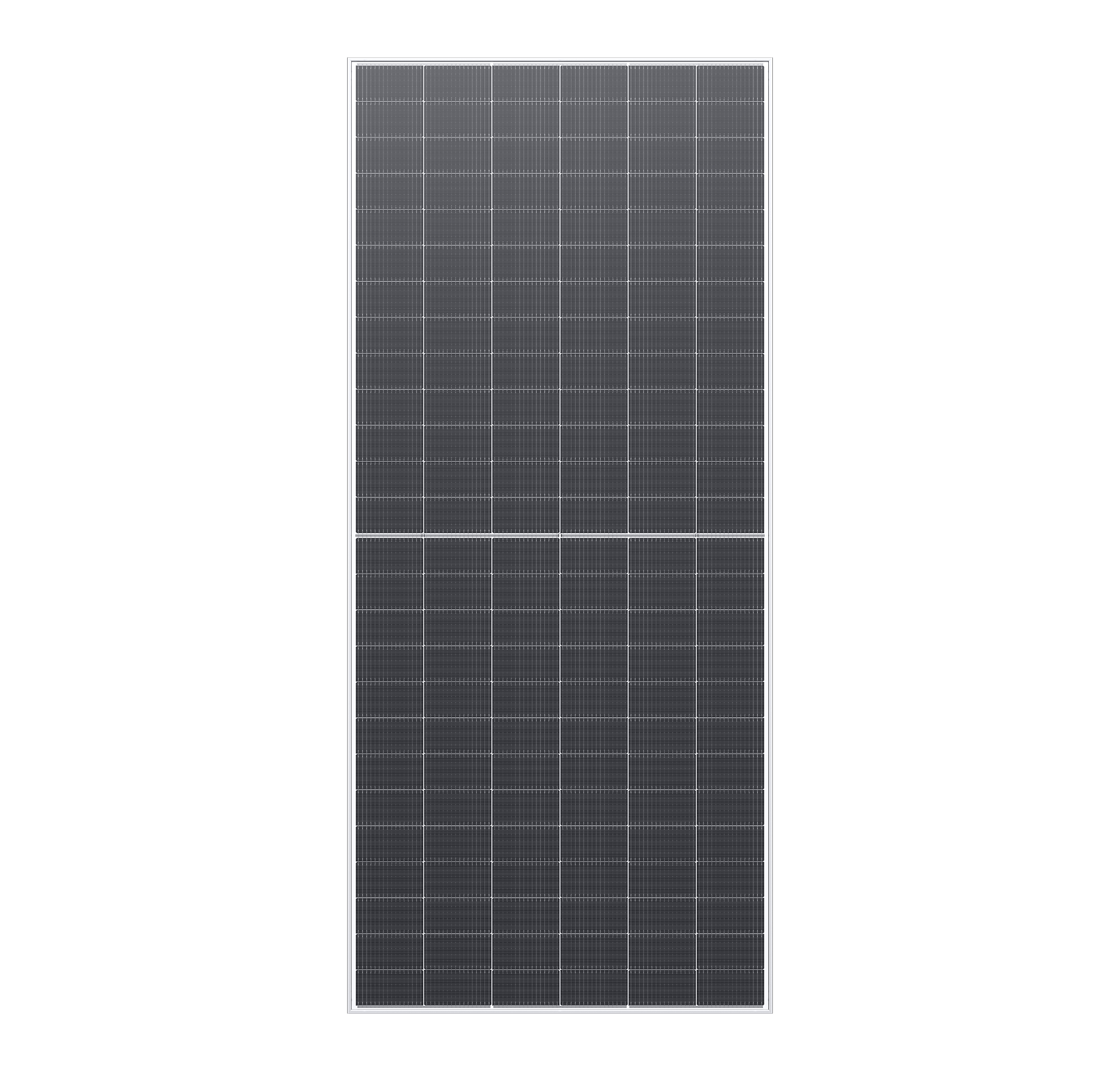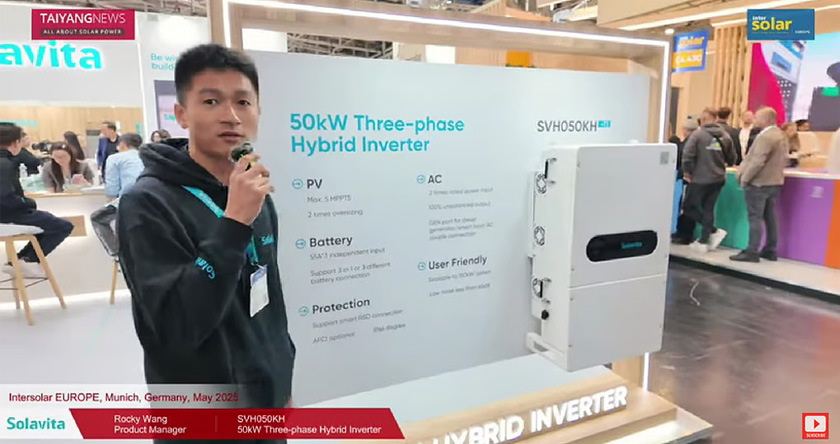Energy Box DE - Discussion Question
Part 1: 1-2 min intro for each panelist (banner will be visible behind the panelists) (5')
Part 2: Open discussion based on questions(3 or 4 questions)(30')
1.Market Overview:
Rising interest in balcony solar as an accessible entry point for urban consumers
EU policy landscape and how national incentives are shaping rooftop and balcony adoption
Tariffs and geopolitical trade tensions
Supply Chain & Product Availability:
2. Supply Chain & Product Availability
How installers currently source products and manage procurement challenges.
Supply and demand imbalances in the European market
Forecasts for the next several months
1. Supply Chain Trends:
Continued Chinese Dominance:
China aims to control 75% of global PV production capacity by 2025. Low-cost Chinese modules will continue to dominate the European market, and installers are expected to maintain procurement strategies centered around Chinese products.Limited Impact of Localization Policies:
Policies such as Germany's "resilience mechanism" are unlikely to significantly boost domestic production in the short term. Some companies may enhance competitiveness through technological partnerships, but these efforts are not expected to alter the existing supply chain landscape.
2. Supply and Demand Adjustment:
Inventory Clearance Pressure:
Although the EU plans to add 80–90 GW of new PV capacity in 2025, existing inventory levels may suppress new order demand. Price wars could further erode profit margins for European companies.Booming Demand for Balcony PV + Storage:
Plug-and-play PV systems combined with energy storage continue to grow rapidly due to their strong economic appeal (approx. 4-year payback period). By 2025, installations of accompanying storage systems may exceed 300,000 units, becoming a standout segment in the market.⁴⁶Integration of Al and machine learning
AI is reshaping the photovoltaic industry by enhancing supply chain responsiveness, production agility, and quality control. From intelligent inventory systems and dynamic resource allocation to automated logistics and real-time defect detection, AI enables faster decision-making and greater efficiency. It also supports predictive maintenance and demand forecasting, helping companies reduce costs, improve reliability, and better align with market needs—paving the way for a smarter, greener, and more resilient energy future.
3. Strategic Outlook Deployment
Integration of rooftop solar/balcony solar with smart home products (e.g., EV chargers, AC units)
In Germany, the integration of rooftop and balcony solar systems with smart home technologies is advancing rapidly. As energy prices rise and homeowners seek greater energy independence, many are combining PV systems with EV chargers, heat pumps, and energy management systems.
For example, rooftop solar is often paired with home EV chargers, allowing residents to charge their vehicles using self-generated electricity—maximizing self-consumption and reducing grid reliance. Similarly, smart heat pumps or AC units can be programmed to run during peak solar production hours. Smart energy management systems, such as those offered by SMA or Fronius, are widely adopted to optimize how solar power is distributed and consumed in real-time across different home appliances.
Manufacturing Deployment & Market Deployment
Germany is currently seeing a renewed push to strengthen its domestic solar manufacturing sector, especially in response to the European Green Deal and goals for energy sovereignty.
On the market deployment side, rooftop solar remains a key pillar of the German PV market, particularly among residential and small commercial users. Meanwhile, balcony PV—also known as plug-in solar—has gained significant popularity, especially among urban apartment dwellers. The government is simplifying regulations and increasing system capacity limits to encourage adoption. There's also a growing legislative push to mandate solar installations on new buildings, which will further accelerate market deployment.
Challenges and new breakthroughs of rooftop and balcony
One of the key challenges is the complexity of administrative and grid connection procedures, which can be a hurdle, especially for non-professional users. The high upfront cost of energy storage systems also remains a barrier to broader adoption. For balcony PV, installation permissions in rented or older buildings and safety regulations can pose additional difficulties.
That said, there are exciting breakthroughs. Advances in modular microinverter technology have made balcony solar more flexible and safer to use. Building-integrated photovoltaics (BIPV) are gaining traction, offering aesthetically pleasing solar solutions. AI-powered energy management systems are also emerging, enabling smarter energy usage based on weather forecasts and user behavior patterns.
Part 3: Q&A from the audience. (10')
Sign up to our latest media
By signing up for our newsletter, you agree to the termsoutlined in our privacy policy. You can unsubscribe atany time.



















